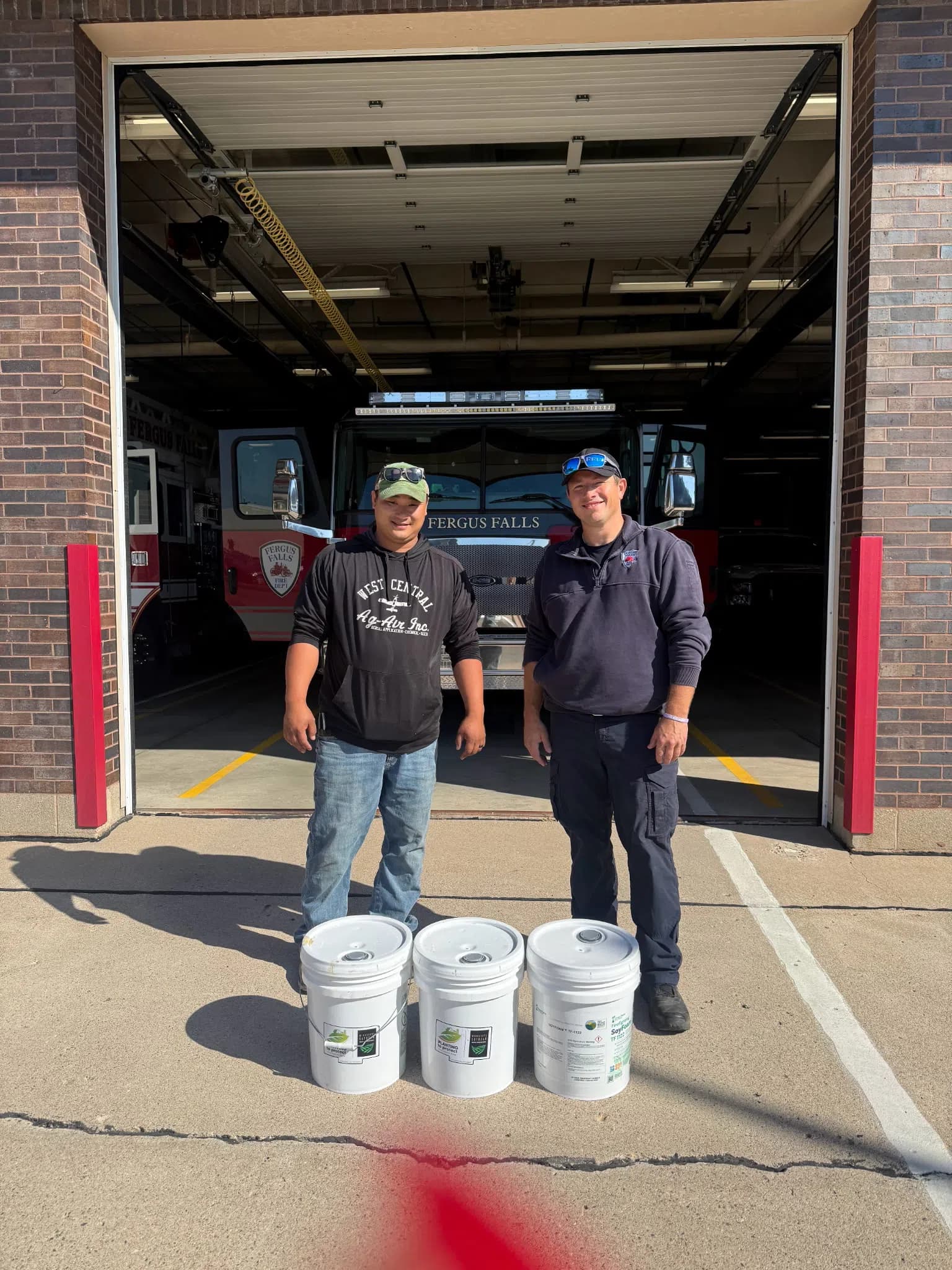Otter Tail County Offers 600 Miles of Winter Snowmobile Trails
Otter Tail County maintains roughly 600 miles of snowmobile trails that provide some of the most popular winter riding in Minnesota, with routes connecting towns such as Battle Lake, Fergus Falls, New York Mills and Perham. Local clubs and the Otter Tail Lakes Country Association provide maps, trail access and parking information along with safety guidance and links to MN DNR trail maps, information that matters for residents planning recreation, travel and local business activity this winter.
Listen to Article
Click play to generate audio

Otter Tail County is home to an extensive snowmobile trail network that stretches roughly 600 miles and draws riders from across the region. The trails include many point to point routes that move through towns including Battle Lake, Fergus Falls, New York Mills and Perham, creating both recreational opportunities and practical winter connections between communities. County agencies work together with local snowmobile clubs to maintain these routes and keep them open throughout the season.
Trail planning and safety resources are available through the Otter Tail Lakes Country Association, which provides maps, trail access and parking information, common sense rules and safety guidance, and links to MN DNR trail maps. Those resources are important for residents and visitors who depend on clear information about trail conditions, parking locations and safe riding practices. For families and individual riders, up to date maps and access details help reduce the chances of getting lost, minimize unsafe interactions on busy corridors, and make responsible use of shared spaces easier for everyone.
The trail network has tangible community impact. Towns along the routes often see increased winter traffic that supports local businesses such as restaurants, lodging and service shops. Well maintained trails can contribute to a stable winter economy for rural communities that otherwise see reduced activity in cold months. At the same time, local clubs and volunteers shoulder substantial labor and equipment costs to groom and mark trails, so sustained public and private support affects the long term viability of the system.
From a public health perspective the trails promote physical activity and outdoor engagement, which have well documented benefits for mental and physical well being. However, snowmobile recreation also carries injury risks and places demands on emergency services. Clear signage, parking plans and safety education are practical measures that reduce harm and improve response when incidents occur. Ensuring equitable access is also a community concern, because equipment cost, transportation to trailheads and available parking can limit who is able to participate.
Policy choices at the county and municipal level influence how well the trail system serves all residents. Investments in maintenance, coordinated winter parking strategies in towns, and partnerships with MN DNR and local clubs can strengthen safety and economic benefits while addressing barriers to access. For Otter Tail County residents, using the maps and guidance offered by local associations and the MN DNR is the first step in planning safe, responsible and enjoyable winter outings on one of the state s largest trail networks.


